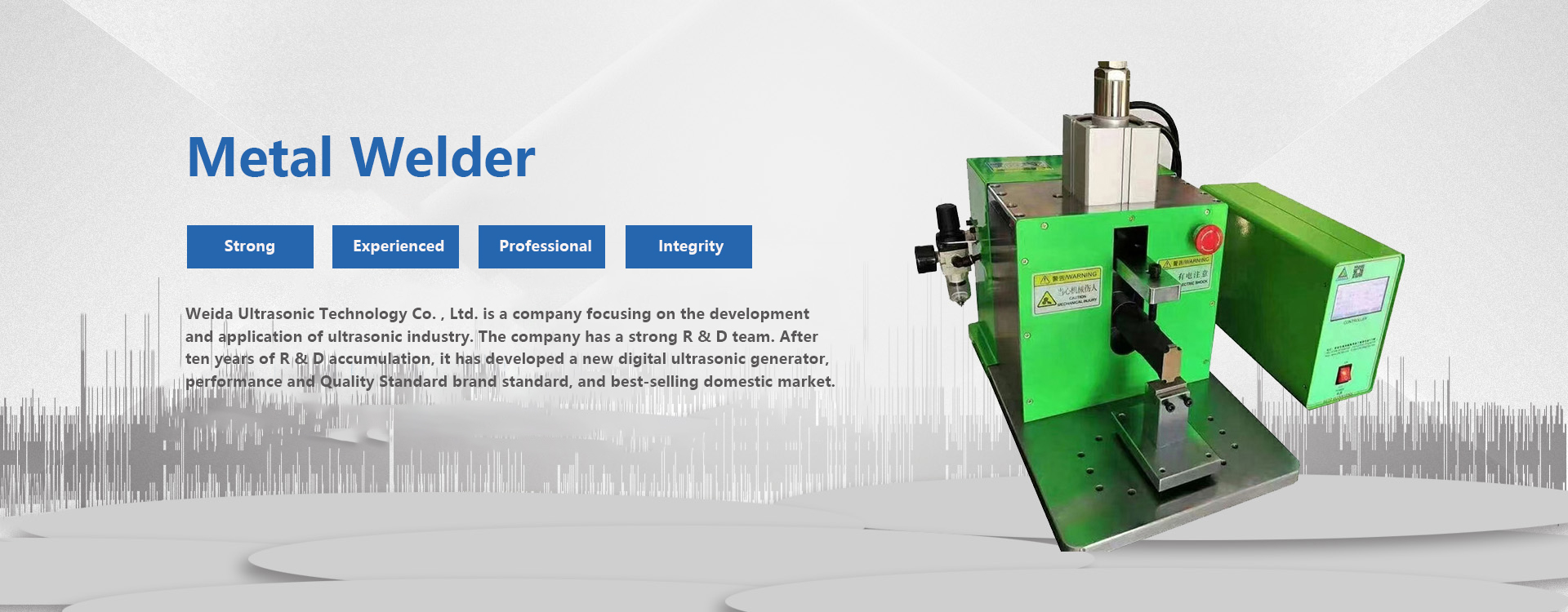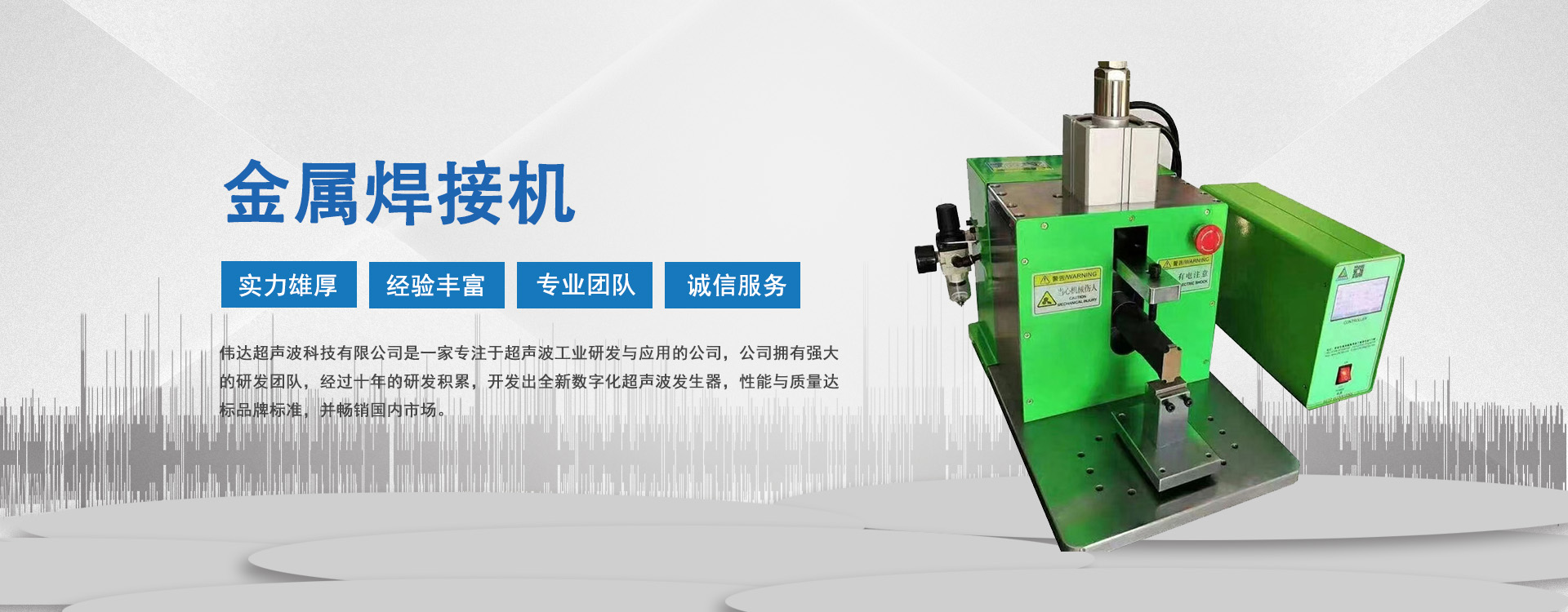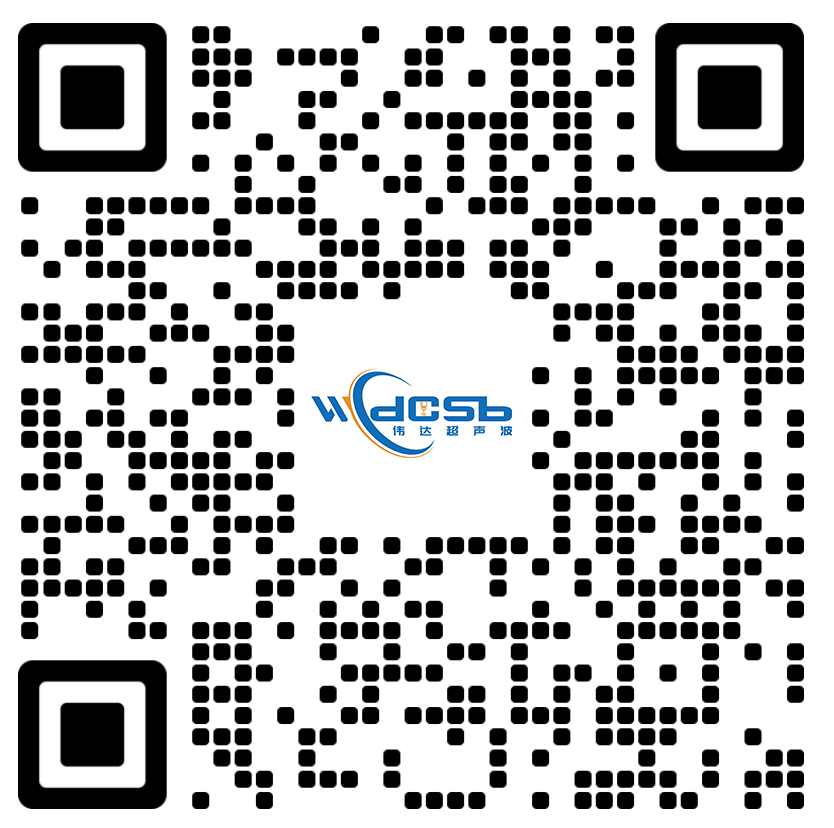How many methods are there for lithium battery welding? Application of laser welding in lithium battery industry. As the central component of new energy vehicles, the quality of the power battery directly determines the performance of the vehicle. The precision and automation level of lithium battery manufacturing equipment will directly affect the consumption efficiency and divergence of products, and laser processing technology has been widely used in lithium battery manufacturing equipment as an alternative to traditional welding technology.
Lithium battery welding machine before welding to do the preparation of liquidation that is essential, the center of the upper and lower two electrodes often present foreign bodies, power inspection is necessary for us to use the spot welding machine, which is an important link in the use of spot welding machine, sometimes electrical equipment may have a phenomenon of dew, of course, our gas system may also have leakage phenomenon, Therefore, we must check before using lithium batteries to ensure the safety of our consumption.
How many methods are there for lithium battery welding?
① Wave welding: in essence, ultrasonic welding and laser welding are separated
(2) Ultrasonic welding: the advantage of this scheme is that the welding is simple, but the demand takes up more space, and the volume group efficiency of the module will be low;
(3) Laser welding: At present, this scheme is widely used, but the structure is slightly different;
(4) Dissimilar metal laser welding: This welding method is also very efficient, and the consumption speed is fast.
Lithium battery.jpg
Application of laser welding in lithium battery industry
The key technology for the future development of electric vehicles is the safety, cost and energy storage capacity of power lithium batteries. The manufacturing process of power battery is complex and the safety is high. One of the key technologies in its manufacturing process is laser welding technology. Power battery laser welding processes include battery soft joint welding, top welding, seal nail welding, module and PACK welding. The power battery laser welding parts are many, the reliability of war safety is high, and the laser welding equipment is put forward higher requirements.
Pulsed laser welding is used to weld the battery explosion-proof valve, and continuous sealing welding is completed by stacking and covering the solder joints with the solder joints, but the welding efficiency is low, and the sealing is relatively poor. Using continuous laser welding can complete high-speed and high-quality welding, welding stability, welding efficiency and yield can be guaranteed.
The shell material of the power battery has aluminum alloy and stainless steel, of which the use of aluminum alloy, generally 3003 aluminum alloy, there are also a few pure aluminum. Stainless steel is a laser weldability material, especially 304 stainless steel, whether pulsed or continuous laser can obtain a good appearance and performance of the weld.
Laser welding is based on the laser beam as the energy source, the application of focusing device to make the laser gathered into a high-power density beam shining on the surface of the workpiece to stop heating, in the metal material under the heat conduction action of the material dissolved to form a specific solution pool. When laser welding is used, the heat affected zone of the workpiece is small. Small solder joint, high precision welding size; The welding method is non-contact welding, no external force is required, and the product deformation is small. High welding quality; High efficiency, easy to complete automated consumption.
With the progress of technology and process methods from time to time, the characteristics of laser as a non-contact flexible manufacturing tool will be more obvious. Laser manufacturing will inevitably become a convenient and efficient, green environmental protection, energy saving and consumption reduction of advanced manufacturing technology, to promote China's industrial field of technological progress and product technology transformation, to meet the needs of the national economy, especially the manufacturing industry.


 中文(简体)
中文(简体) 


 Wechat
Wechat